If you did not pay attention to your geography teacher then this is your chance to excel beyond the rest of the people who really don´t know where or what is Ecuador. Well maybe I am all wrong about you, the readers of 10,000 Birds, but this is no exaggeration, it is true. Many people have heard of the Galapagos Islands and Darwin´s Theory of Evolution but there is still a large group of people that do not know that the Galapagos Islands are part of Ecuador.
Regions – Edited photo from “Aves del Ecuador” Field Guide, by Robert S. Ridgely & Paul J. Greenfield
Ecuador (1600 bird species) is a country the size of Colorado (491 birds) and a little larger that the United Kingdom (605 species). It is packed in four main regions: the Coast, the Highlands, the Amazon Basin, and the Insular (Galapagos) region.
The Andes cuts the country north-to south forcing two slopes, east and west, with large altitudinal ranges from 0 to 20,624 ft. The east and west slopes along with the InterAndean Valleys form a continuum of change from sea level to the Andes Mountains. This forms many different habitats that lead to high speciation (evolutionary process where new species arise) and endemism. The Tropical Cloud Forests formed on both slopes are considered the most diverse region on earth now called the Tropical Andes Hotspot by Conservation International. There are approximately 120 endemic species in this region.
The coast is 1,390 miles long and supports great diversity in Mangrove swamps, Tropical Dry forest, and Foggy Rain Forest. This coastal area is considered a Biological Hotspot called The Tumbez- Chocó-Magdalena Hotspot and begins in Panama, crosses Colombia, Ecuador and ends in Peru. This narrow coastal corridor also has its own continuum starting with moist forest in Panama, Colombia, and Ecuador and ending with Dry Forests in Ecuador and Peru. There are approximately 90 endemic species in this region.
The Amazon region has many protected areas and parks dedicated to conservation and sustainable tourism. Although Ecuador has only a small part of this forest, it adds significantly to the already stunning biodiversity of this small country with approximately 600 bird species and 23 endemic species.
The insular region with 159 bird species and 26 endemics is supplied by the ocean currents that feed these islands with rich waters that support the amazing life. It is here where speciation and endemism caused by the distance to mainland (600 mi) is more noticeable. This thought provoking place is the source of Darwin´s world changing thoughts!
The biodiversity of Ecuador is so large that it is now a member of the seventeen Megadiverse Countries that harbor the majority of earth´s species, I think about 70% of the species. Of all this diversity we have 4 extinct species, 10 species critically endangered, 16 species endangered, 63 vulnerable species, 25 species with insufficient data, and 85 near threaten species.

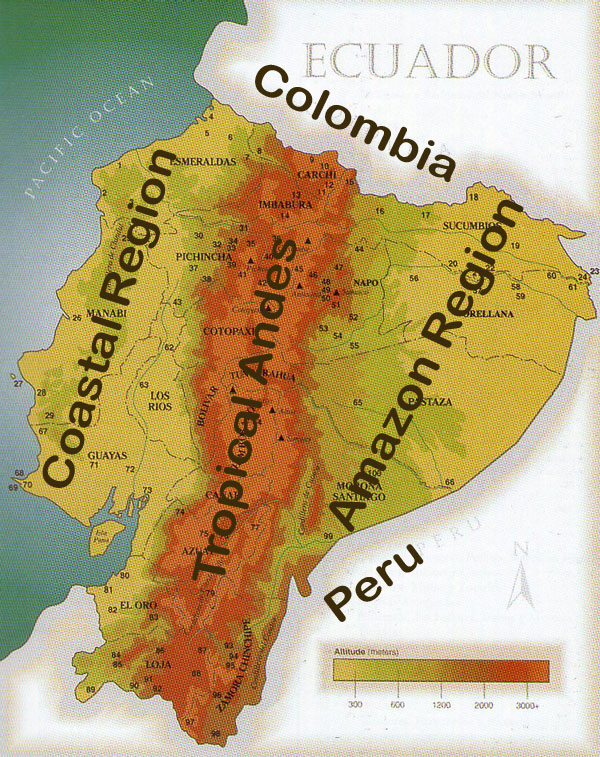
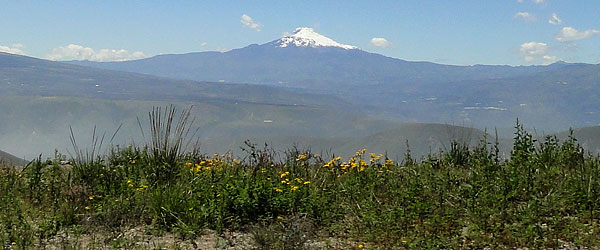
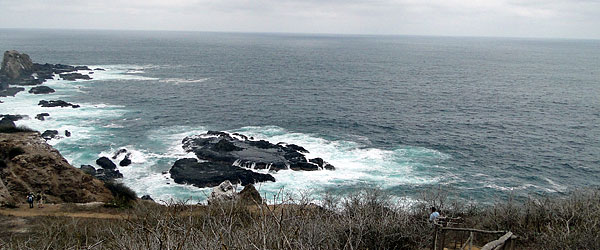
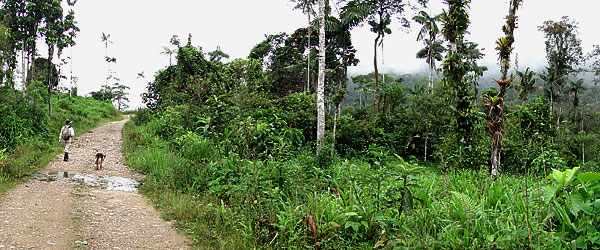
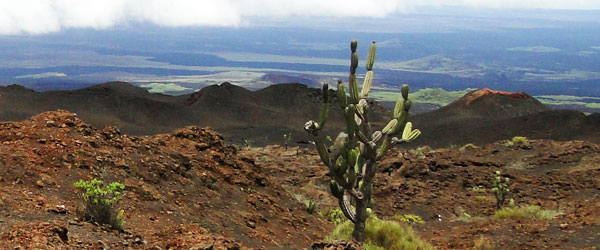



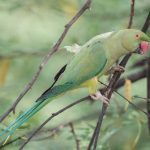
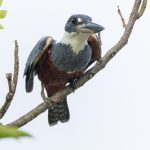
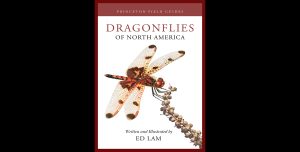
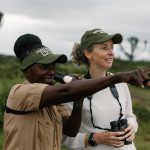
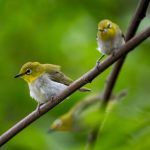
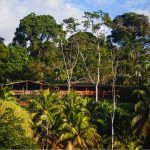
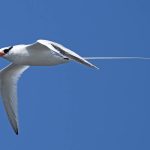
Renato, muy buena presentacion de la diversidad de habitat y aves en Ecuador. Verdaderamente, Ud. sabe como vender turismo en su pais. Tengo ganas de visitar Ecuador, Panama y Costa Rica. Solo me falta la guita. Algun dia, en tal vez, veinte anos cuando mis ninos son grandes, vendre con mi esposa.
Renato, that does it – I’m coming over! (Not right now, obviously, but as soon as I can)
Ecuador, including the Archipiélago de Colón, was one of my all time favourite places to visit. I have many, many great memories of my time there. Ah, to return again…
Charlie—-10,000 birds should sponsor a trip here for all the beat writers as thanks for their great columns
I second Wes’ suggestion.
Wait for me!
I volunteer to do two months of scouting before the “Beat Writers Beat the Bush” -trip to Ecuador.
A 10,000 Birds ‘Beat Writers’ trip to Ecuador? Hmmm, how about it Renato – any thoughts on what we could do?
Any chance relatives could be included??? Heck I claim I thought of it.:::::
Ecuador is a most for every birder, even if you live in Panama 🙂
Thank you all for the great comments; I am so lucky I was born in this great country.
Of course, everybody is invited and look forward to the 10000birds sponsored trip but as a requirement every beat writer will have to be a member of the conservation club.
So what about guys?
I would like to weigh in on the excellent suggestion by Wes…I’m in! What an incredible introduction to Ecuador Renato! Those kinds of facts and bird numbers are hard to beat.
Thanks Larry, and I hope all of you come to visit us some day.
We’re excited about the new Mashpi lodge in Ecuador – a haven for bird lovers!